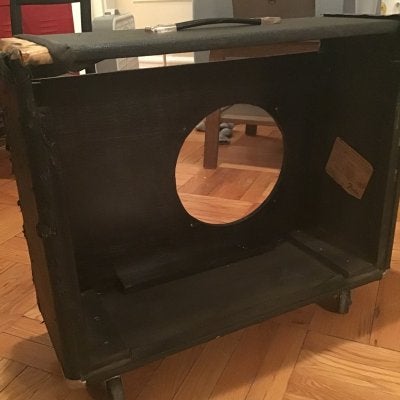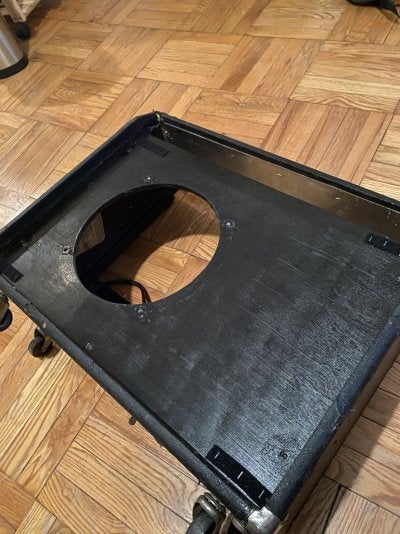tele_savales
Tele-Afflicted
Say you have a single channel Ab763 w old Twin Reverb transformers, the OT has a 4 ohm tap and you are only running 2 6L6GC's into a single 8 ohm speaker, what should the NFB resistor and tail be as the schematic calls for 820R and 100R?




